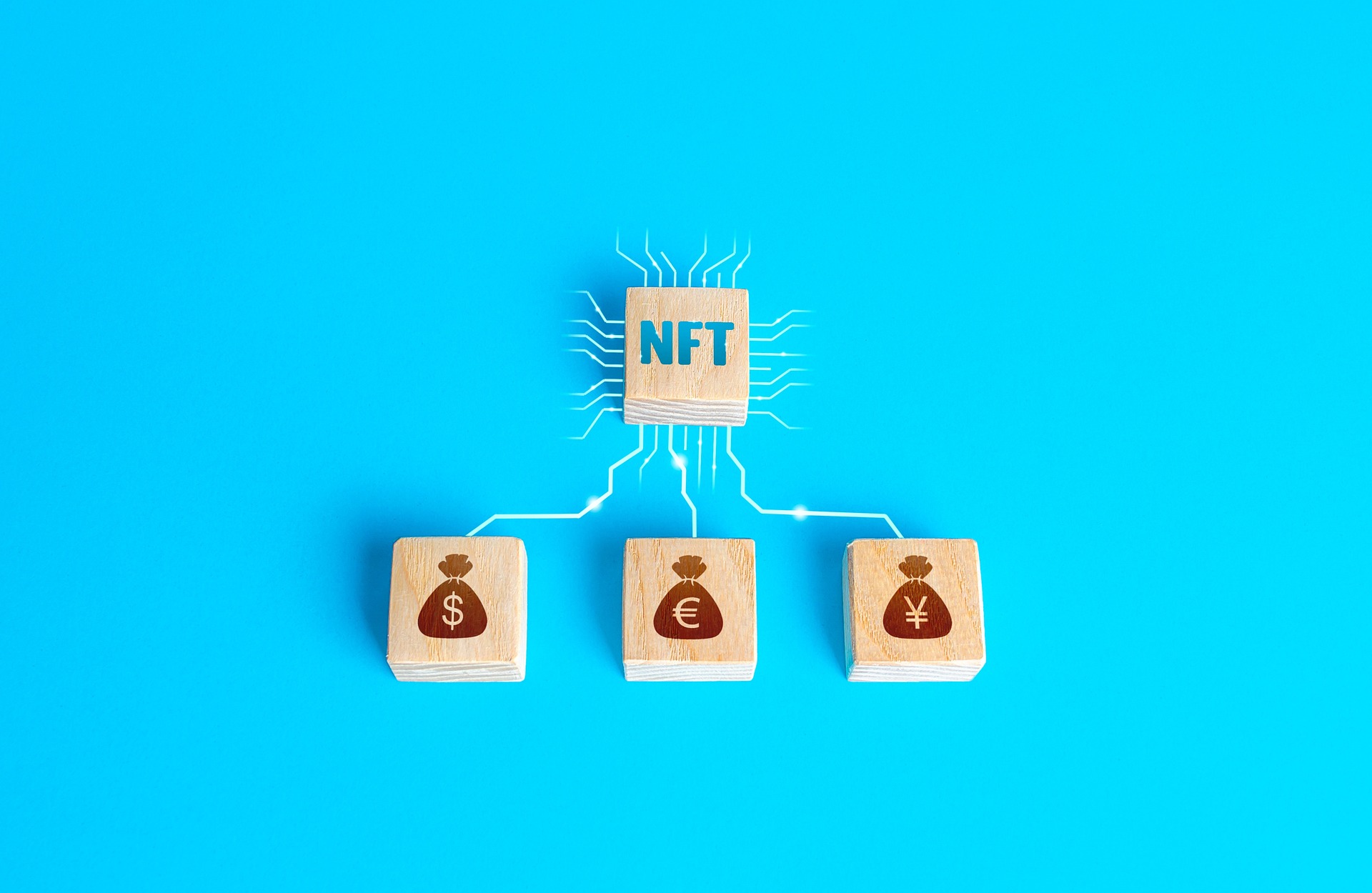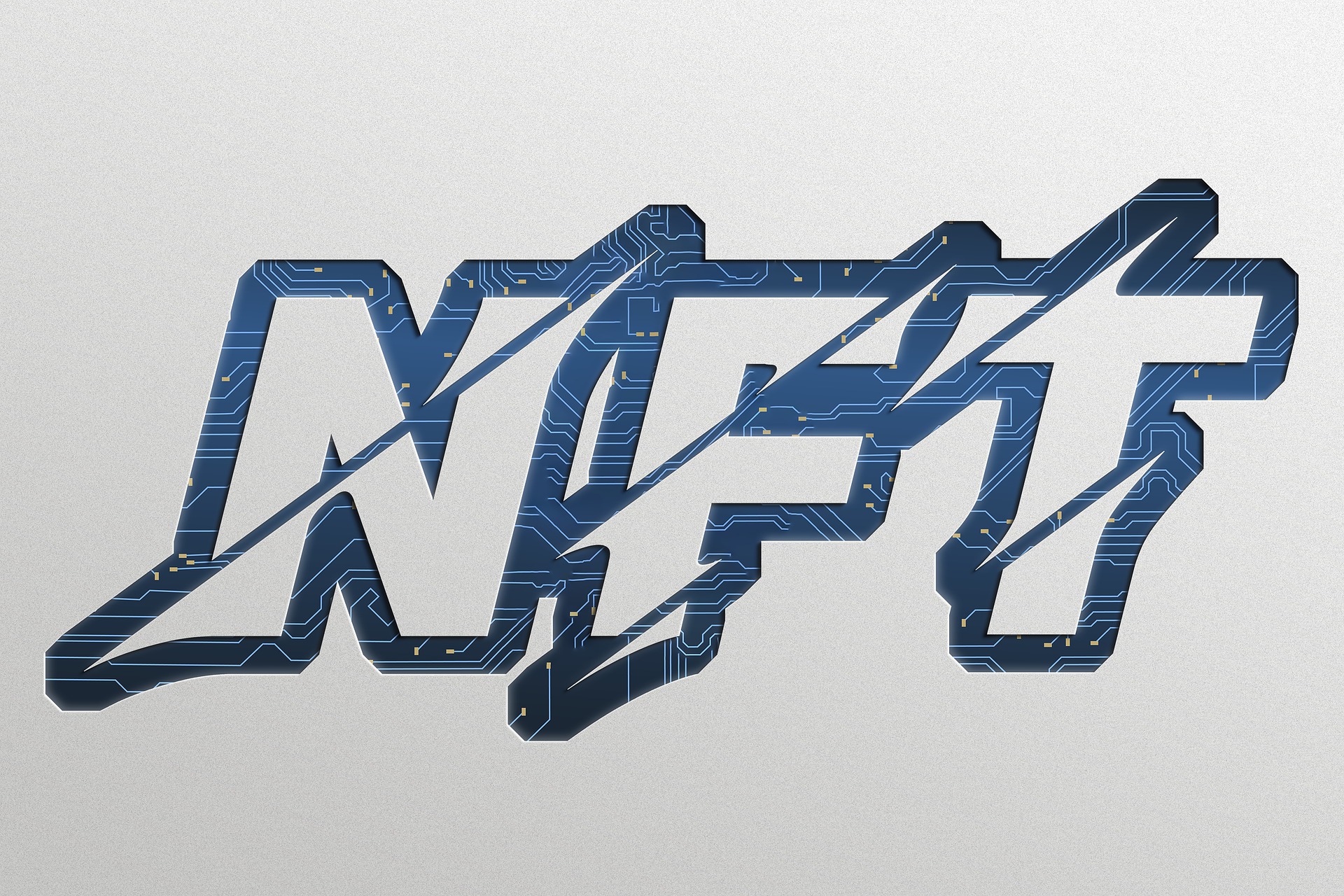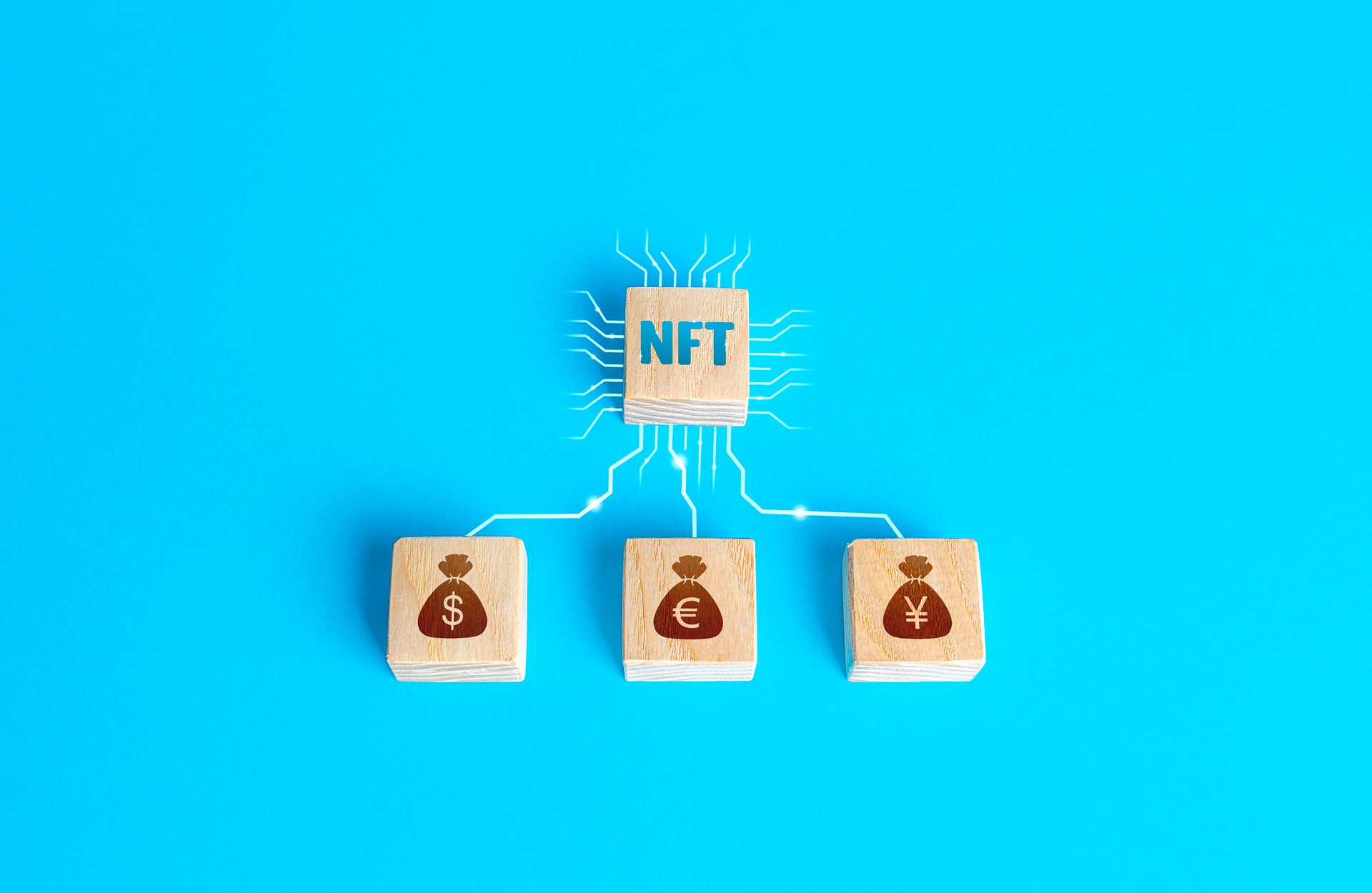Blockchain NFTs are a new digital asset created on the blockchain platform. They represent ownership of a specific asset or right and can be used to store information about that asset or right. They also provide an automated way of transferring ownership of an asset or right between parties.
NFTs are built on the blockchain platform and use cryptography to secure transaction data and prevent tampering. Each NFT is identified by a unique identifier, called a tag, stored on the blockchain network. NFTs can be created by anyone who has access to the blockchain platform and sufficient computer resources.
NFTs have many potential uses, including financial instruments such as securities tokens, property titles, derivatives contracts; governance systems; and software applications.
Why are NFTs Getting Popular?
NFTs (Non-Fungible Tokens) are a new type of digital asset on the blockchain. They can be used to represent anything that can have a unique identifier, such as assets, deeds, shares, or contracts. NFTs provide an efficient way to store and manage these types of assets without relying on centralized third parties. This makes NFTs well suited for applications such as digital property management, securities trading, and smart contracts.
NFTs are gaining popularity because they offer several benefits over traditional forms of digital media. For example, NFTs can be stored in a verifiable and tamper-proof manner, making them ideal for decentralized applications. NFTs also have low transaction fees, making them well suited for peer-to-peer transactions.
What Are the Risks in NFTs?NFTs – or “non-fungible tokens” – are a new digital asset that stands out from traditional cryptocurrencies like Bitcoin because they can have unique properties. For example, one NFT might be able to represent the ownership of a piece of real estate, while another could represent the rights to a piece of intellectual property.
While NFTs have the potential to revolutionize the way we do business, there are also some inherent risks related to their use. For example, if someone gains control over many NFTs, they could use them to manipulate the market or take advantage of other users. Additionally, there’s still no guarantee that developers will create quality applications that use NFTs responsibly. Even if they do, there’s no guarantee that a large audience will adopt these applications.
In conclusion, blockchain NFTs are a new and innovative way of storing and sharing digital assets. They offer many benefits over traditional methods, including decreased costs, increased security, and the ability to track ownership and transactions. As this technology continues to develop, we can expect to see more widespread use of blockchain NFTs in the future.





